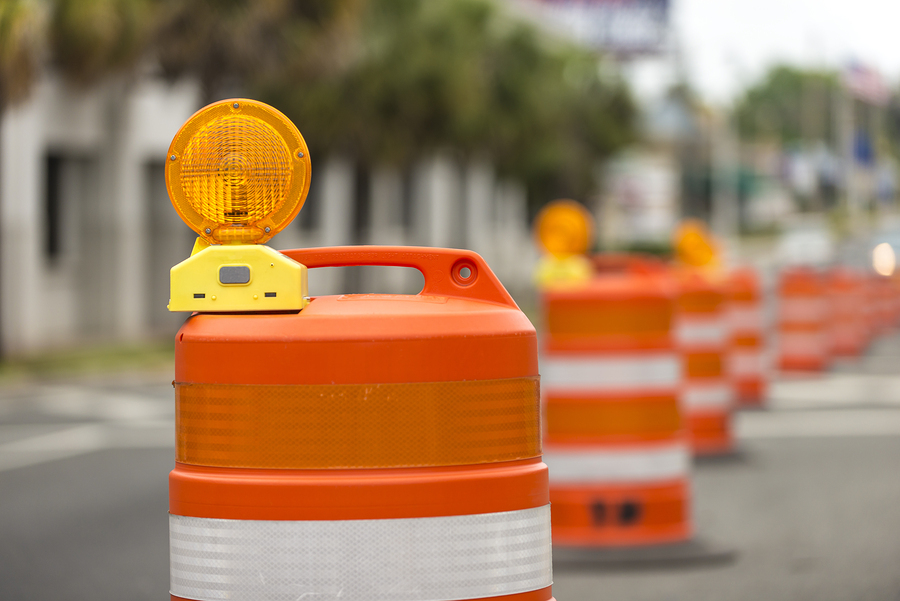Why growth-driven website design is important to your brand
Sometimes, the status quo needs an update. Web design began with the internet itself, and while traditional design might prove effective for some...
2 min read
Mark Parent
February 9, 2017 10:03:27 AM EST

When business owners, executives and marketers think of search engine optimization (SEO), they tend to focus on text-based issues like keywords and meta data.
However, your business' website design could also contribute to poor search engine rankings if you're making one of these common, but critical, mistakes.

Does your website struggle with slow loading times? Not only will that annoy your visitors,
it will hurt your status in search rankings. ![]()
Imagine you're searching the internet to learn about a new product or to investigate the benefits of a new service. You see a likely result in the SERPs (search engine results pages) and click it. Fifteen seconds later, you're still waiting for the page to load.
This is the type of experience Google doesn't want to serve up to its users. Over the past few years, Google has increasingly focused on improving user experience by delivering websites that are user friendly to the first page. Slow page-loading times can negate your other SEO work and demote your page rank.
While Google hasn't confirmed the impact of site speed on SERP rankings, most experts believe that there's a correlation. Furthermore, fast-loading web pages increase the chances that visitors will remain on the page after they click.
Just like fashion and furniture, web design trends have undergone numerous changes over the years. Some of those trends -- such as splash pages, flash animations, and frame organization -- not only reduce your site's usability and aesthetic appeal, but also its capacity to rank well in the search engines.
For instance, splash pages might look appealing, but they don't provide any context or useful information. Meanwhile, flash animations can invite user interaction, but they're distracting and difficult to optimize. If your site currently sports these trends, it may be time to rethink your design so your SEO doesn't take a hit.

One of the most effective ways to boost SEO is to switch to responsive design. ![]()
An unresponsive business website design might look great on your laptop computer screen -- and it might even look appropriate on a smartphone or tablet -- but it's not doing you any SEO favors. Google prefers responsive design when deciding how to rank pages, so you can't afford to ignore this particular trend.
A responsive website renders appropriately across all screen sizes. Whether your visitors land on your site while they're tapping away on their smartphones or using a three-panel screen on a desktop computer, they'll enjoy the same level of usability. Since search engines are value responsiveness, you don't want to delay in making the switch.
>> Learn more about the importance of incorporating responsive design into your web design: Check out our blog article "Why responsive web design is no longer optional."
Sometimes, it's difficult to analyze your own website's navigation for usability. That's where an agency partner comes in handy -- a reliable expert can let you know where the problems lie and present ways to fix them.
This is important, because search engines don't like confusing or non-existent navigation. You might see your website drop in the SERPs if you don't have clearly-labeled methods for users to move from one part of your site to another.
Clearly, an effective website design includes a lot more than H1 tags and meta descriptions for SEO purposes. If you want to improve your search rankings, it's essential to make sure you aren't making one of the mistakes discussed above.
To avoid SEO issues and keep your website up to date, consider using a growth-driven design approach -- a unique alternative to traditional web design that's designed to improve SEO as well as aesthetic appeal and usability. If you're interested in learning more, download our Growth-Driven Design Playbook.
Make sure to connect with us on LinkedIn to get valuable insight on the latest news in marketing and website design. Follow us here:

Sometimes, the status quo needs an update. Web design began with the internet itself, and while traditional design might prove effective for some...

You can rave all day about your spectacular products, your unparalleled customer service, and your unwavering technical support. At the end of the...

If your website is to be the successful conversion vehicle you want it to be, there are two things that must happen: (1) Web visitors have to fall...